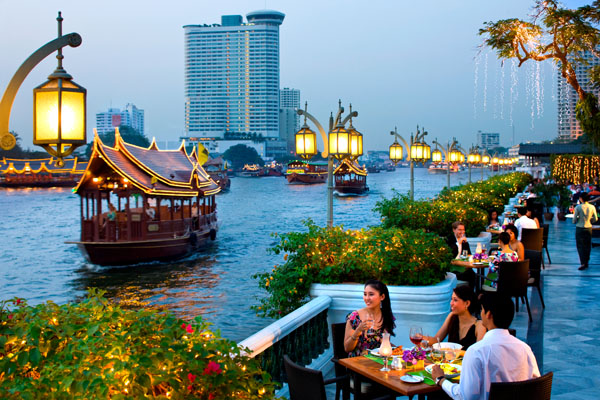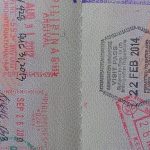The Thai people, who make up over 90 percent of the population, are the main ethnic group in Thailand. Other groups include:
- Chinese (5 percent)
- Malays (3 percent)
- Khmers (2 percent)
- There are also small minorities. The largest of these are the Hmong (meo), Karen (kariang), and Lahu.
The central Thai, who originally came from the area around present-day Bangkok, are descended from Tai groups who migrated south from Yunnan, China, in the 12th century.
They began to settle in present-day Thailand in the 13th century and established several kingdoms, the most important of which were Lanna in northern Thailand and Sukhothai in the north-central region. In 1350, King Ramkhamhaeng of Sukhothai created the first Thai alphabet.
Sukhothai was succeeded by another Tai kingdom, Ayutthaya, which ruled most of present-day Thailand from 1351 to 1767. During this period, Theravada Buddhism became firmly established in Thailand. In 1767 Ayutthaya was sacked by Burmese invaders and subsequently abandoned. The Thais then relocated their capital to Bangkok.
In 1885 King Chulalongkorn abolished slavery and helped modernize his country along Western lines. From 1932 to 1945 Thailand was governed by a constitutional monarchy with a parliamentary system of government; but in 1946 a military coup ushered in nearly four decades of dictatorship by various military regimes. A new constitution was promulgated in 1997 and elections were held for a bicameral parliament; however, ultimate power still rests with the military through a National Council for Peace and Order that it appointed itself following a 2014 coup d’état against an elected civilian government.
While Buddhism is prevalent throughout Thailand, there is also a significant Muslim minority concentrated in the southern provinces where there have been separatist insurgencies since 2004 that have claimed over 6500 lives.
Thai Dialects
According to Ethnologue, there are altogether 135 different languages spoken in Thailand. Seventy three percent of the population speaks one of four Tai–Kadai languages: Northern Thai or Lanna (8.3%), Central Thai (33%), Isan (24%), or Southern Thai (7.4%).
The remaining one percent includes Chinese dialects (Hakka, Cantonese, Teochew), Mon–Khmer languages (Vietnamese, Cambodian), Hmong–Mien languages (Hmong), Austronesian languages (Cham), Sino-Tibetan language families such as Lisu as well as other smaller groups such as So people.







